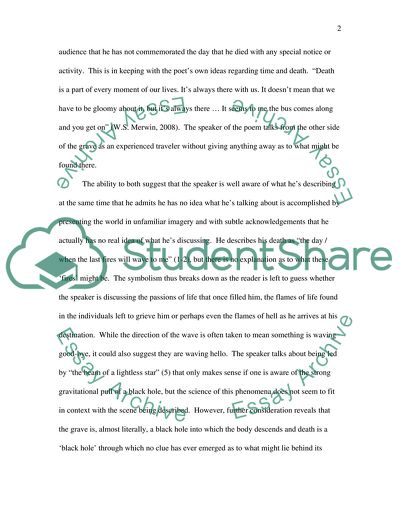Cite this document
(“Boundaries of the Single Perspective by Merwin and Collins Research Paper”, n.d.)
Retrieved from https://studentshare.org/literature/1555646-comparing-two-poems
Retrieved from https://studentshare.org/literature/1555646-comparing-two-poems
(Boundaries of the Single Perspective by Merwin and Collins Research Paper)
https://studentshare.org/literature/1555646-comparing-two-poems.
https://studentshare.org/literature/1555646-comparing-two-poems.
“Boundaries of the Single Perspective by Merwin and Collins Research Paper”, n.d. https://studentshare.org/literature/1555646-comparing-two-poems.


